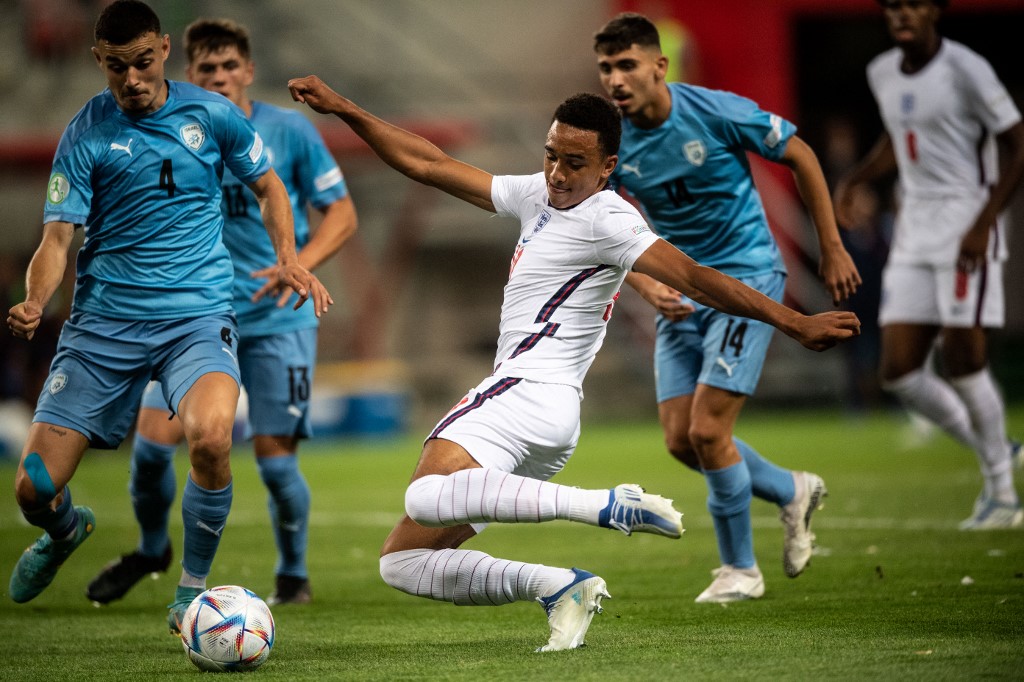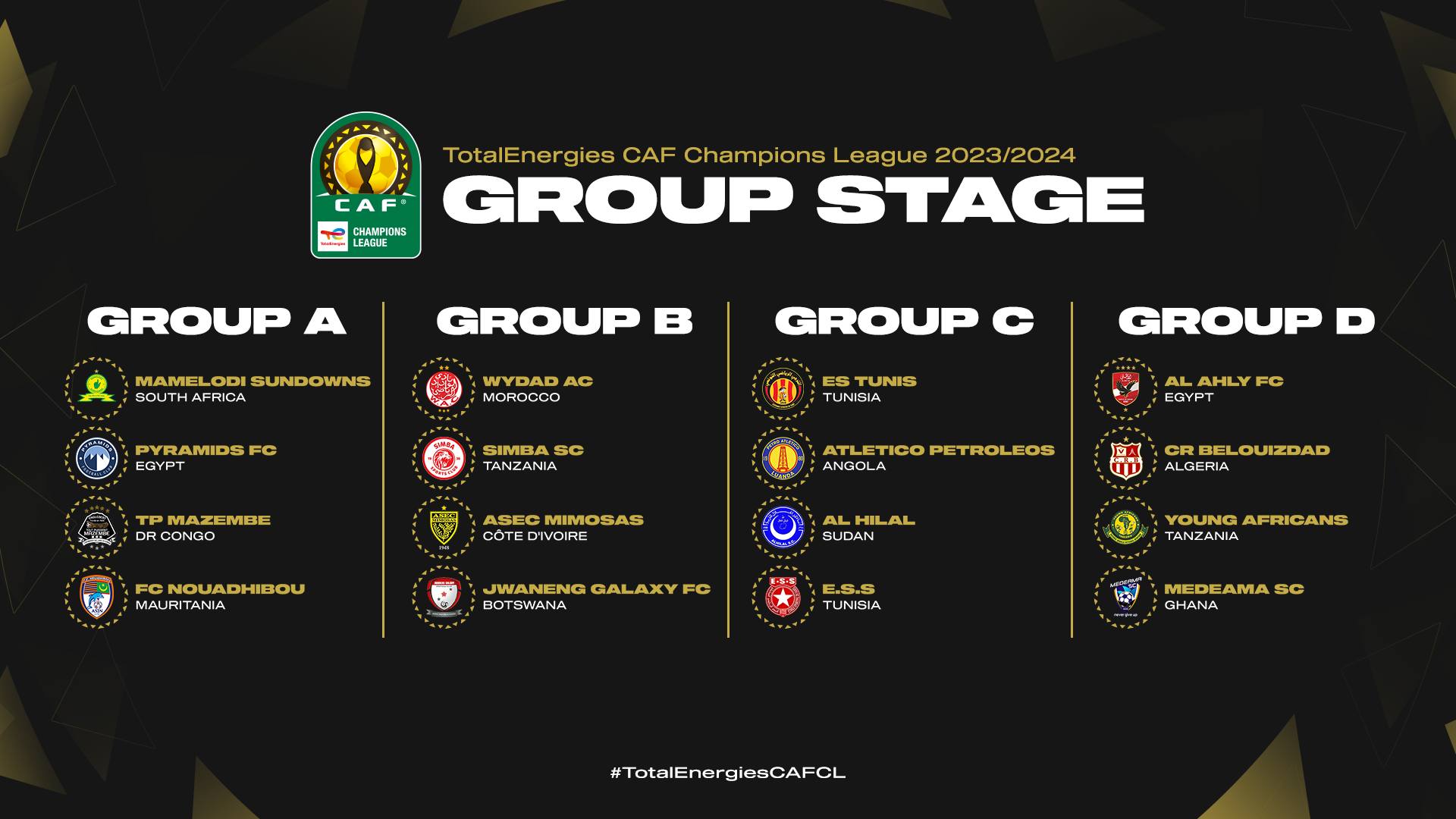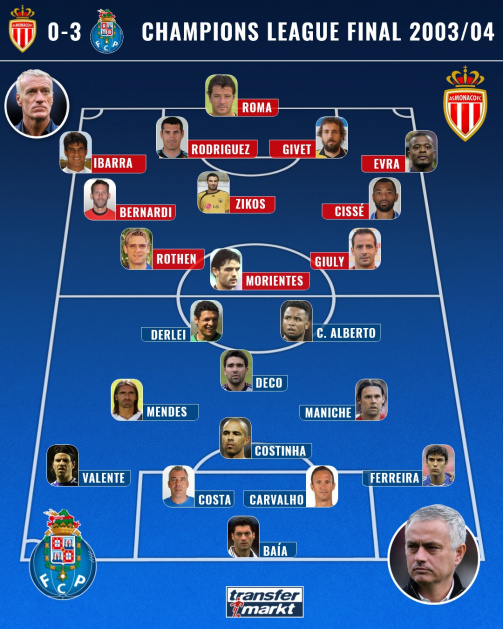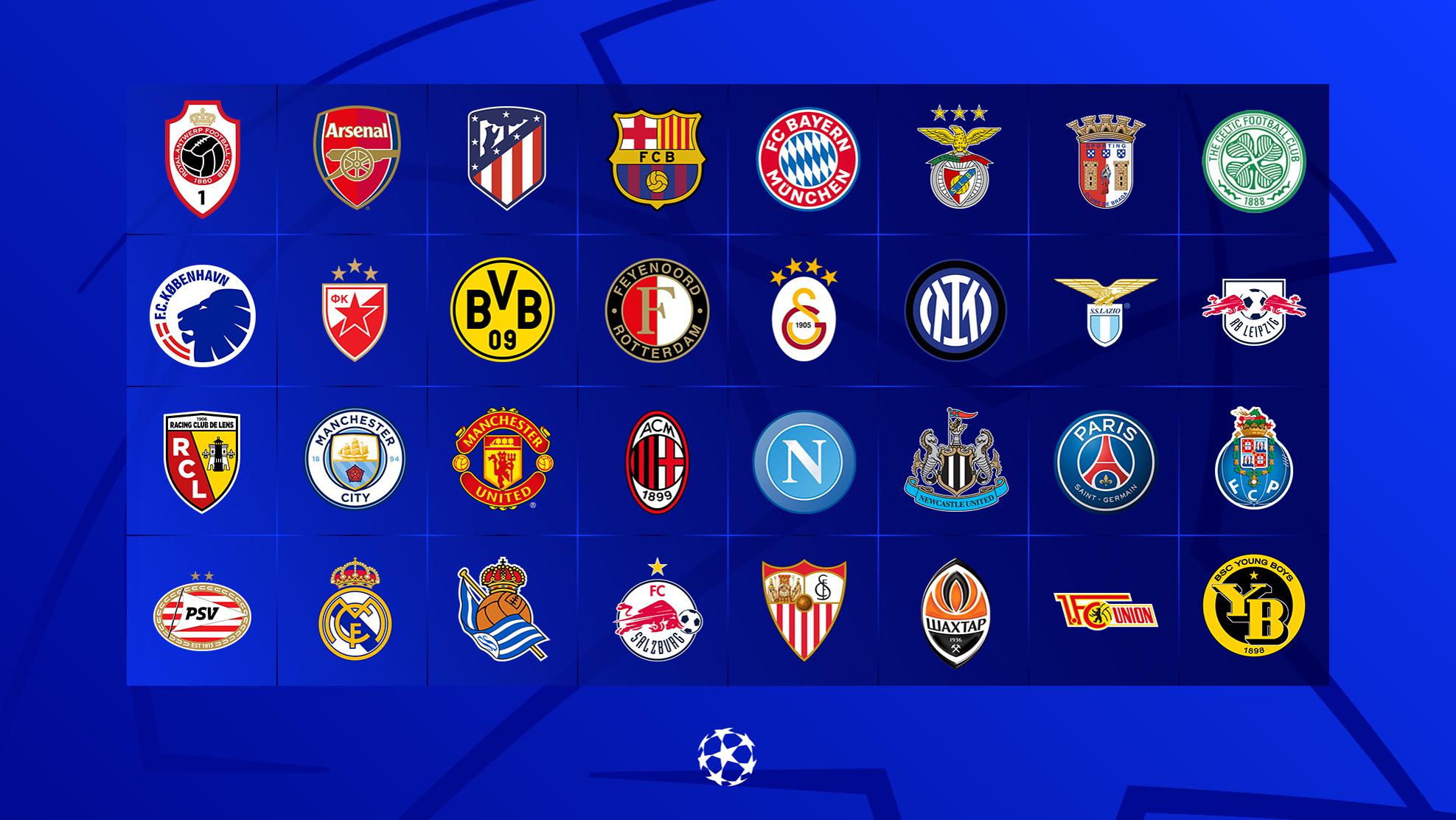Topic take the lead in soccer: Discover essential strategies and leadership qualities to dominate the soccer field, enhance team performance, and consistently take the lead in competitive matches, driving towards success and resilience.
Table of Content
- Leadership Qualities in Soccer
- Soccer Tactics for Coaches
- Developing Soccer Strategies
- What does it mean for a team to take the lead in soccer?
- YOUTUBE: Clipstone take the lead over Notts County in Non-League Football Soccer
- Soccer Tactics for Coaches
- Developing Soccer Strategies
- Developing Soccer Strategies
- Understanding the Role of Leadership in Soccer Success
- Key Leadership Qualities for Aspiring Soccer Captains
- Effective Soccer Strategies to Establish Team Dominance
- Tactical Approaches to Gain an Upper Hand in Soccer
- Developing Mental Toughness and Resilience in Soccer
- Case Studies: How Top Soccer Teams Take the Lead
- Training Drills to Improve Soccer Leadership and Strategy
- Navigating Challenges: Maintaining the Lead in Soccer
Leadership Qualities in Soccer
True leaders in soccer demonstrate their qualities by working hard, maintaining focus, and supporting their teammates. They lead by example, showing dedication in practice and matches, and help foster a positive team environment. It\"s not just about vocal leadership; actions often speak louder than words.
Key Aspects of Soccer Leadership
- Lead by example: Show dedication and focus during training and matches.
- Support teammates: Offer guidance and support to fellow players, especially during tough times.
- Maintain composure: Stay calm and focused, even under pressure.

READ MORE:
Soccer Tactics for Coaches
Coaches must be versed in various soccer tactics to adapt to different game situations and leverage their team\"s strengths. From defensive strategies like \"parking the bus\" to offensive strategies like the \"high press\", understanding and applying these tactics can significantly influence the game\"s outcome.
Popular Soccer Formations
- 4-4-2: Balances defense and attack, suitable for various play styles.
- 4-3-3: Emphasizes attacking play, overloading the opposition\"s defense.
- 3-5-2: Dominates midfield, ideal for possession-based strategies.
- 5-3-2: Focuses on solid defense while allowing for quick counter-attacks.

Developing Soccer Strategies
Different soccer strategies, such as the high press, counter-attacking, and possession play, are crucial for winning games. Coaches and players must work together to implement these strategies effectively, tailoring them to their team\"s strengths and the opposition\"s weaknesses.
Improving Soccer Skills and Performance
To enhance soccer skills and performance, players should focus on their mental and physical preparation, understand various soccer formations, and practice different playing styles. Continuous improvement and adaptability can lead to greater success on the field.
| Formation | Strengths | Weaknesses |
| 4-4-2 | Balance, counter-attacks | Midfield exposure |
| 4-3-3 | Attacking overload | Defense exposure |
| 3-5-2 | Midfield control | Flank vulnerability |
| 5-3-2 | Defensive solidity | Limited attack |
/medriva/media/media_files/41320b3fb12cf18e7ff20ddd7ed5ec40fdaa6a9e9e9c33fcc0938bf996d50be9.jpg)
What does it mean for a team to take the lead in soccer?
When a team in soccer \"takes the lead,\" it means that they are the first to score a goal in the match. This places them in a position of advantage as they are now ahead of their opponents in terms of the scoreline. Taking the lead is an important moment in a soccer game as it can shift the momentum of the match and put pressure on the opposing team to equalize or turn the game around. Teams often strive to take the lead early in the game to gain control and set the tempo for the rest of the match.
Clipstone take the lead over Notts County in Non-League Football Soccer
Non-League Football: Experience the passion and excitement of grassroots football in this heartwarming video showcasing the dedication and spirit of non-league players. Watch the underdogs rise and prove that it\'s not the size of the team that matters, but the size of their heart. La Liga: Immerse yourself in the world of elite football with this captivating video highlighting the skill, finesse, and drama of La Liga. From the breathtaking goals to the intense rivalries, witness the magic of Spanish football at its finest.
Real Madrid Takes the Lead, Can Girona Bounce Back in La Liga
In this thrilling video, we delve into the dramatic twists and turns of the La Liga season as the once-dominant team loses their lead ...
Soccer Tactics for Coaches
Coaches must be versed in various soccer tactics to adapt to different game situations and leverage their team\"s strengths. From defensive strategies like \"parking the bus\" to offensive strategies like the \"high press\", understanding and applying these tactics can significantly influence the game\"s outcome.
Popular Soccer Formations
- 4-4-2: Balances defense and attack, suitable for various play styles.
- 4-3-3: Emphasizes attacking play, overloading the opposition\"s defense.
- 3-5-2: Dominates midfield, ideal for possession-based strategies.
- 5-3-2: Focuses on solid defense while allowing for quick counter-attacks.

_HOOK_
Developing Soccer Strategies
Different soccer strategies, such as the high press, counter-attacking, and possession play, are crucial for winning games. Coaches and players must work together to implement these strategies effectively, tailoring them to their team\"s strengths and the opposition\"s weaknesses.
Improving Soccer Skills and Performance
To enhance soccer skills and performance, players should focus on their mental and physical preparation, understand various soccer formations, and practice different playing styles. Continuous improvement and adaptability can lead to greater success on the field.

Developing Soccer Strategies
Different soccer strategies, such as the high press, counter-attacking, and possession play, are crucial for winning games. Coaches and players must work together to implement these strategies effectively, tailoring them to their team\"s strengths and the opposition\"s weaknesses.
Improving Soccer Skills and Performance
To enhance soccer skills and performance, players should focus on their mental and physical preparation, understand various soccer formations, and practice different playing styles. Continuous improvement and adaptability can lead to greater success on the field.
| Formation | Strengths | Weaknesses |
| 4-4-2 | Balance, counter-attacks | Midfield exposure |
| 4-3-3 | Attacking overload | Defense exposure |
| 3-5-2 | Midfield control | Flank vulnerability |
| 5-3-2 | Defensive solidity | Limited attack |


















